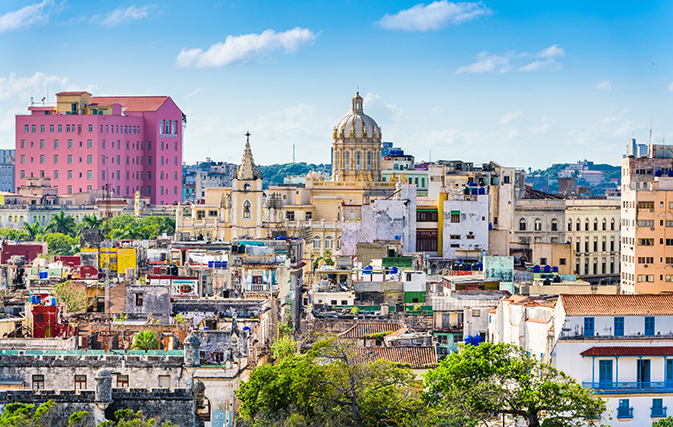HAVANA — Cuba will continue moving forward with its investment plan to add over 100,000 rooms, 47 entertainment facilities and 24 golf courses by 2030 banking on their number one international traveller, Canadians.
The move comes despite uncertainty for the potential for American arrivals, uncertainly that has increased under the Trump administration.
“After Obama there was this sentiment that people should come visit Cuba before changes with the influx of American tourists, but even under Obama, Americans are prohibited to do tourism in Cuba, so investment will continue as planned for our other valued international guests,” says Eloy Govea, Director of Canada, Cuba Tourist Board.
The Cuba Tourist board recently announced a comprehensive blueprint for infrastructure growth and development extending from 2018 to 2030. The plan comes as a response to consistently growing demand for the destination, which typically enjoys over a million visitors from Canada alone each year. Cuba received 4.7 million tourists in 2017, a 16.2% increase over the previous year.
Cuba began intensifying the development of hotel accommodations in 2017. With an annual hotel infrastructure growth rate of 10%, collaborative efforts between the government and international developers have led to the addition of over 2500 hotels room each year.
“Actually, the average is about 8,000 hotel rooms on average to be built per year until 2030, ramping up to about 11,000 rooms per year in the future,” says Govea.
This growth rate is expected to swell rapidly as the country sets projections for 103,000 new rooms. The Hotel Varadero Internacional, the Prado y Malecón, and the Packard Hotel in Havana are on track to open by 2019.
This renewed focus on accommodation capacity is matched by a commitment to invest in infrastructure and attractions in the broader tourism industry. Cuba is on pace to add 23 nautical stations and marinas, 24 golf courses, and 47 entertainment facilities over the next 12 years. These developments are intended to round out the country’s already robust offering of natural attractions, which includes 10 world heritage sites, 14 national parks, and hundreds of national monuments.
“Right now we only have one real golf course of 18-holes in Cuba –in Varadero – but the government is supporting 24 new projects. For example, a new one will be launched shortly in the western part of Cuba, which is the only one in the world that will feature a hole in the ocean,” says Govea.
Securing foreign investment is key to the successful realization of Cuba’s goals in the sector. To this end, tourism authorities in Cuba have announced 87 management and development contracts with 19 international companies. These agreements will channel most of the investment from abroad into hotel rooms and theme parks, while domestic investment is funneled toward high-priority regions and provinces including Havana, Cienfuegos, Camaguey, Las Tunas and Holguin.
For more information visit GoCuba.ca.

